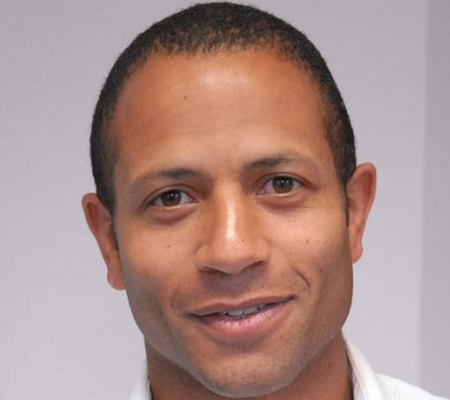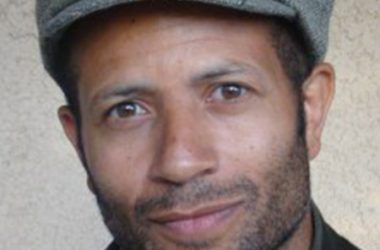By JJ Amaworo Wilson
For a film with ‘flow’ in its title, the only surprise in this superlative documentary is that the most powerful images are those of stillness. An old refugee woman sits incongruously on a bench in the middle of nowhere. A young man stares out at us, daring us to enter his life. The implacable sea, the perfect symbol of Man’s voyaging and Nature’s complete indifference to us, begins and ends the film not with the appearance of flow but of stasis.
This magnificent portrait of displacement is filmed in 23 countries. It’s the result of nearly 1000 hours of footage and it took a 200-strong crew to film it. It’s an epic of quiet compassion. It’s also quite the most beautiful film I’ve seen in years. The aerial footage from cameras on drones is stunning. It turns our needs and desires into abstract art, presenting refugees as little more than ants clambering across a stark landscape – Lowry figures lost in a desert rather than an urban wasteland. It’s only when we go down to the human level that the true meaning of the film reveals itself.
This is unquestionably a political film. In scene after scene of ravaged terrain and worn-down people, we can read the failure of the international community. In ISIS-occupied Mosul, the sky turns black with the smoke of burning oil fields. One step in the historical imagination takes us back to the cause of this tragedy: the invasion of Iraq.
In sub-Saharan Africa, the land is completely barren, the result of climate change caused mainly by “developed” nations.
In Europe, walls and razor-wire spring up like jacks-in-the-box at the first hint of refugees.
And somewhere on the edge of USA and Mexico, a border patrol officer watches warily, armed to the teeth in his four-wheeler, while powerless Central American families wait patiently for the chance of a life without the violence and poverty that has crippled their homelands.
The brunt of the world’s disorder falls upon the poorest populations. According to the film, 65 million people wander the world, looking for succor and a place to call home. They have nowhere to turn. Caught in torrential rain or burning heat in all manner of No-Man’s Lands, they erect their tents and wait it out, half-starved and exhausted. Somehow, despite the circumstances, they avoid despair.
Throughout the film, Ai Weiwei intersperses the epic with the localized disaster. He uses jagged iPhone footage and short interviews, along with data and facts that glide like ticker tape across the screen, fashioning a portrait of the world of refugees that is both global and personal. It helps that his own presence – Falstaffian in appearance but understated and humble – is so muted and compassionate.
This is one of the great humanitarian films, and stands alongside Wim Wenders’s “The Salt of the Earth” from 2014. Watch it and weep. Then take action.



